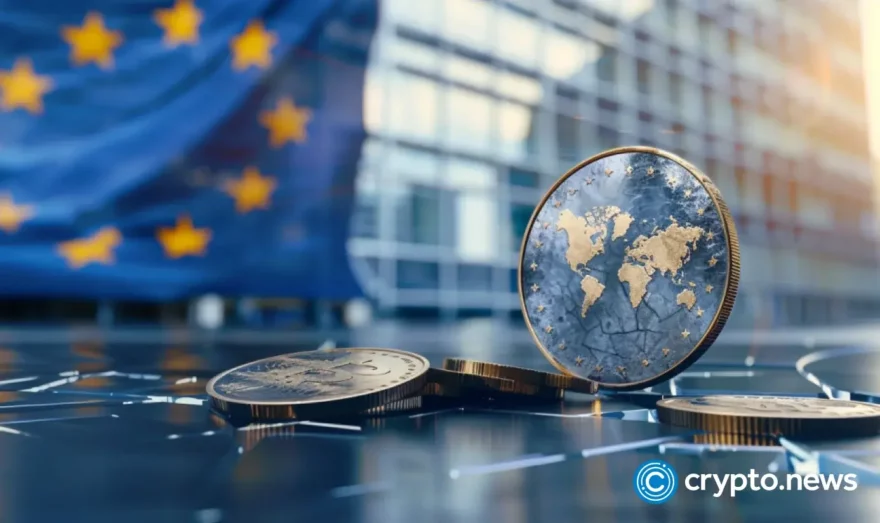Head of Binance APAC suggests full audit not coming

A Feb. 8 tete-a-tete between Binance’s Asia-Pacific chief Leon Foong and Bloomberg, the exchange executive, highlighted that selecting an auditor for the exchange balance sheet is a difficult task due to the complexity of blockchain and crypto volatility.
Binance needs transparency
According to Leon Foong, the difficulties for auditors are caused by regulatory scrutiny, limitations, and a warped learning curve that puts crypto knowledge above the core competency of most auditors.
However, Leon Foong stated that a complete audit of Binance’s assets and liabilities might be some time away.
Recall that after the Nov. 8 FTX debacle, the demands for more transparency compelled most major exchanges to provide proof of reserves alongside comprehensive audit reports to show exchange ‘wellness.’
In a bid to reassure customers regarding their assets, Binance in December released a so-called proof-of-reserves report based on a snapshot analysis by accounting firm Mazars Group.
The report fell short of being a complete financial audit, and Mazars later cut off all ties with Binance and other crypto entities like Kucoin.
Binance accountability struggles
Late last year, the abrupt collapse of Binance’s engagement with Mazar’s accounting firm and alleged Fuds led to significant outflows from the Changpeng Zhao-led exchange.
In an effort to win back investors’ trust, a Binance representative said that user funds are all backed 1:1 and Binance’s financial structure is debt free.
After a cursory review of information on the Binance website and a Bloomberg report from Jan. 24 revealed that the exchange’s B-Tokens or Binance-peg tokens are now housed in a single wallet called “Binance 8,” which also contains customer cash, Binance admitted a mix-up in funds.
However, Leon Foong stated that the funds would be separated, and an expanded proof-of-reserves statement would be released soon. A spokesperson for Binance acknowledged obvious management issues with its stablecoin products on Jan. 10, 2023.
The spokesperson admitted that due to operational hiccups in the exchange, its stablecoin products, such as the Binance-pegged BUSD reserves, were only sometimes pegged 1:1.
However, Binance’s admission came only after a new analysis published by Jonathan Reiter, co-founder of the blockchain analytics firm ChainArgos, revealed that specific pegged currencies were not always on a 1:1 ratio.















